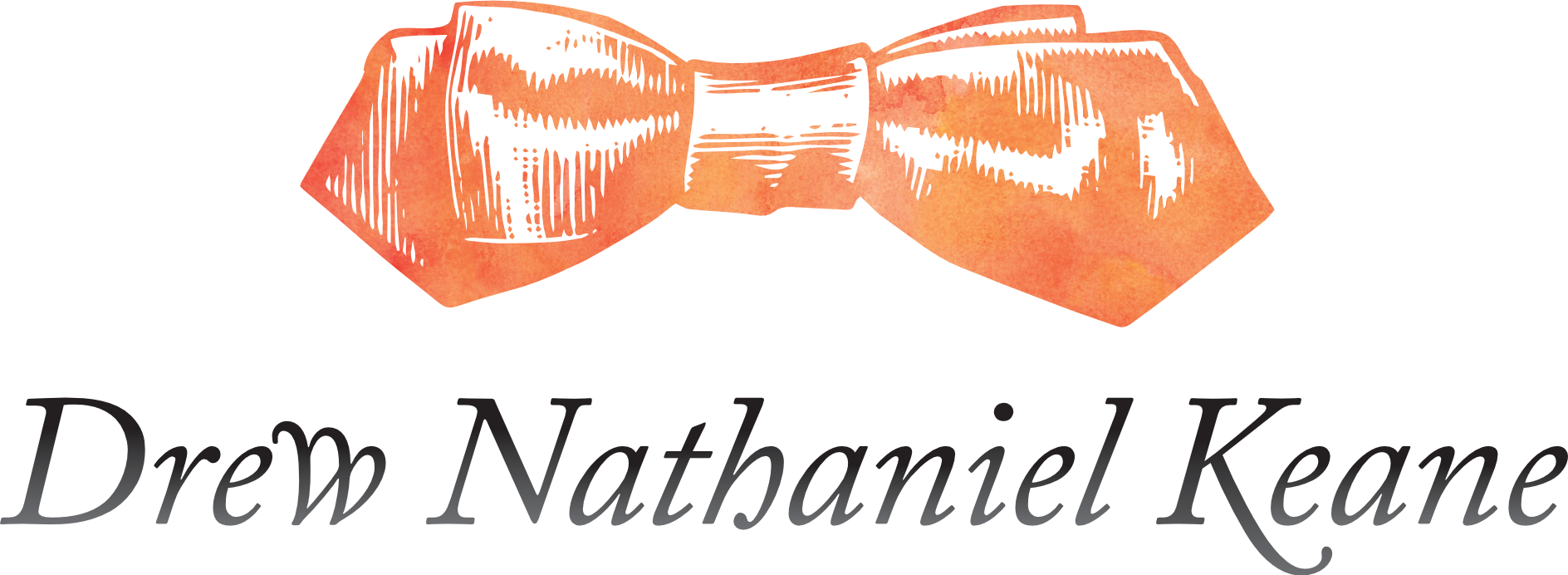A Seventeenth-Century User-Experience Case Study
Around 1660, John Hacket (who the following year would be made Bishop of Lichfield and Coventry) officiated a funeral for a parishioner who was as opposed to the Prayer Book as Hacket was devoted to it (his biographer Thomas Plume claims Hacket once refused to stop reading the liturgy even when a soldier aimed his pistol at him). Hacket found a clever way to respect both sets of scruples -- he memorized the burial service. By doing so, he provides us with a sort of seventeenth-century user-experience test. As Plume tells it,
"when the company heard all delivered by him without book, and with free readiness, and profound gravity, and unaffected composure of voice, looks, and gestures, and a very powerful emphasis in every part (as indeed his talent was excellent in this way), they were strangely surprised and affected, professing that they had never heard a more suitable exhortation, or a more edifying exercise even from the very best and most precious men of their own persuasion!"
I wonder if Hacket guessed what their response would be when his puritan parishioners heard the words of the Prayer Book read well without knowing the words were scripted, listened without prejudice, believing the viva voce spoke ex tempore. Whether he guessed the outcome or not, he used the opportunity of their praise to overturn their assumptions about the liturgy they theoretically loathed:
"they were afterward much more surprised and confounded, when the same person who had officiated assured the principal men among them, that not one period of all he had spoken was his own; and convinced them by ocular demonstration how all was taken word for word out of the very office ordained for that purpose in the poor contemptible Book of Common Prayer." (Qtd. from Maltby, 1998, p. 7).
Hacket's cleverness provides an interesting case study (assuming that we can accept Plume's account). It demonstrates how well the Prayer Book liturgy (at least the burial liturgy) works as a piece of secondary orality. No one else needs a copy of the book for the service to work well (which means it works just as well for the lettered and unlettered). It suggests that holding the book served as a trigger for suspiciousness or prejudice that filtered how some zealous people heard the words spoken.
We have other evidence of the book, the codex as such, functioning as a trigger. In 1590, for example, the Vicar of Flixton in Suffolk, Thomas Daynes, excoriated his congregation for "looking in their books" (evidently many of them bought their own copies of the Prayer Book and brought it with them to services). Not taking kindly to their minister's non-conformity, they brought before the consistory court in Norwhich. In the pulpit he said "they which wolde have sarvice sayde accordinge to the booke of common prayer are papists and atheists" (qtd. from Maltby, 1998, p. 45). The association between the holding of the codex and popery was not isolated, but became a meme. The rector of Tarporley in Cheshire (circa fifty years later) compared using the prayer book with "mass mumbled on beads" (Qtd. from Maltby, 1998, p. 20). The handling of the book is a trigger for confrontation because it resembles the handling of rosary beads. That trigger may also suggest a persistent prejudice in favor of primary orality over reading, especially of the eloquent rhetor, who says the right thing, right well, at the right time drawing on both memory and spontaneous inspiration -- like a prophet. Hacket, by memorizing the liturgy and not holding the book, attempted to prove to his skeptical but zealous flock that the book as such was incidental, a mere convenience; what mattered were the Word spoken and heard.
Plume's account draws attention to how the service was animated, i.e., the performance of the script. He highlights Hacket's skilled elocution and use of the body -- "free readiness, and profound gravity, and unaffected composure of voice, looks, and gestures, and a very powerful emphasis in every part" -- elements of rhetorical delivery William Perkins discussed in his immensely popular textbook on preaching, The Art of Prophecying (1609; for a discussion of this see Hunt, 2010, p. 84-6) to "stirre up godly affections." Court cases also reveal instances of the inverse -- parsons who performed the service as badly as possible in order to prove its penury (Maltby, 1998, p. 43). How people perceived the Prayer Book and the possibilities of the Book to facilitate prayer, cannot be abstracted from delivery, from how the words are brought to life. The role of the minister as animator is key to the effective use of the book.
The outcome of the Hacket "experiment" (if we may call it that) also suggests not a word of the Prayer Book burial service was doctrinally objectionable to those whom we might call "puritans," which aligns with Wrightson's conclusions in “Postscript: Terling Revisited” (1995), that that puritans were distinguished from run-of-the-mill English protestants more by confrontational discourse patterns than by specific doctrines (interestingly, the adversarial quality also correlates to primary orality). Finally, we might tentatively infer -- since "they had never heard a more suitable" funeral -- that the vernacular liturgical register established by the Prayer Book either reflected or shaped (or both in combination) oral patterns and aural expectations of praying in English even for those who had no use for the book.
